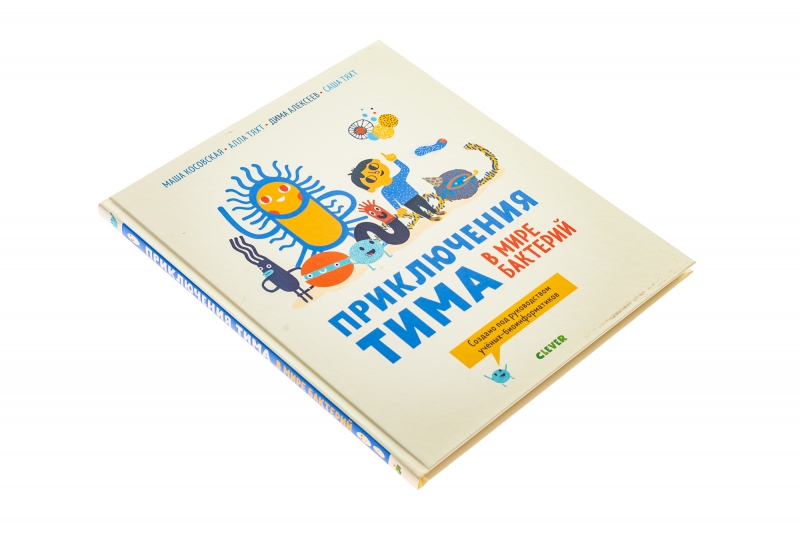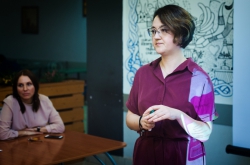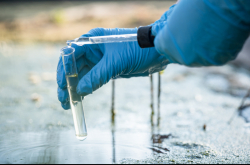How come you decided to write a children’s book instead of a new scientific article?
Alexander: At the laboratory, we study complex microbial communities, for example, analyze genetic data of various bacteria. To do that, you don’t only have to understand computational algorithms, but also know biological laws and keep abreast of the latest trends in this field. In the course of our work, we’ve gathered quite a lot of interesting facts, which we wanted to share with others. Dmitriy suggested writing a children’s book with catchy characters, beautiful illustrations, and an exciting plot. That’s how we came up with the idea of a book about a boy named Tim, who travels the world together with his friend Bacteroid to find out what bacteria live there and what we need them for.
Was it difficult to make your book both informative and entertaining?
Dmitriy: The main goal of the book is to help children familiarize themselves with the world of science and bacteria. The bacteria in our book are like real characters with their own individual traits and personality. The pictures are all very colorful, however, we had to find a balance between fantasy and reality to adapt our material to our audience’s needs, and to make kids understand why it is good for them to eat less sweets and more veggies, and why they can catch a cold after they wet their feet.
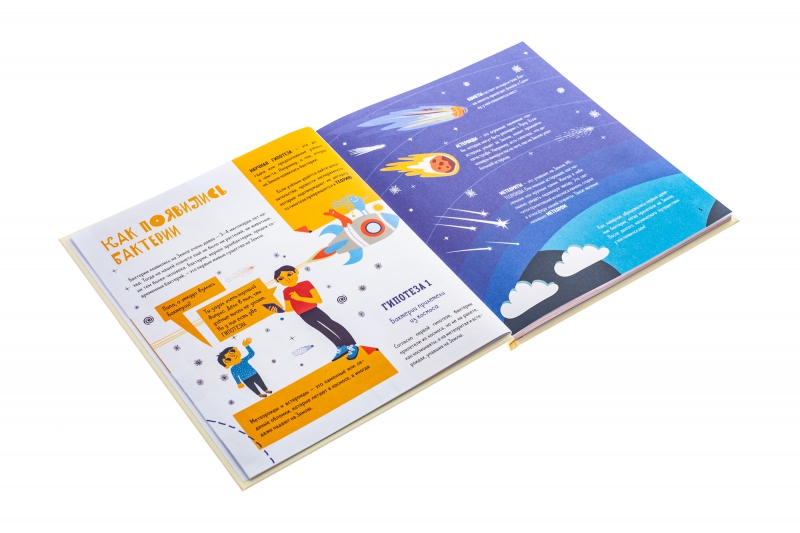
Alexander: Though not entirely true to form, all our stories and pictures are based on scientific data. I have to admit that it was quite a challenge. We worked as a team. Dima came up with the main concept and the plot. Writer Maria Kolosovskaya helped us with the text, while illustrator Alla Tyakht helped us visualize our ideas. I did consulting and was responsible for the scientific accuracy of our ideas.
What advice would you give to scientists who also want to publish a children’s book?
Dmitriy: Since we’d never written books before, we didn’t really know what to start with. We just shared our ideas with other people to get some feedback, and among our listeners was the head of the ‘Сlever’ publishing house. Before that, we thought that writing books was easy: you just go to a publishing house, get a huge sum of money and take your time. In reality, it turned out to be way more difficult. We were advised to write the first couple of pages and make a detailed plan of the rest, then bring those to the publishing house, get their feedback, arrange publication, and then continue working on it.
Alexander: It took us a few years to write the first five pages, because we didn’t really know how to bring our ideas to reality. When we came with our materials to the publishing house, they were really impressed. It turned out that we found exactly the right genre. The remaining 90% was done really fast, just in a couple of months.

The first edition of your book has already found its readers. What do they think about it? Did it all work out well?
Alexander: We’re very excited to hear our friends telling us that their kids love our book. We didn’t do it for profit, but for fun, and we are so glad that many people find it useful.
Dmitriy: If a kid reads our book and gets familiar with the concept of DNA at the age of five, it will be easier for them to study biology at school, as they’ll already know the fundamentals and the logic behind them. What is also interesting is that our book is not only for kids but for adults as well. It’s a story that you can read and discuss with your kids. Isn’t it amazing?
Are you going to write a sequel?
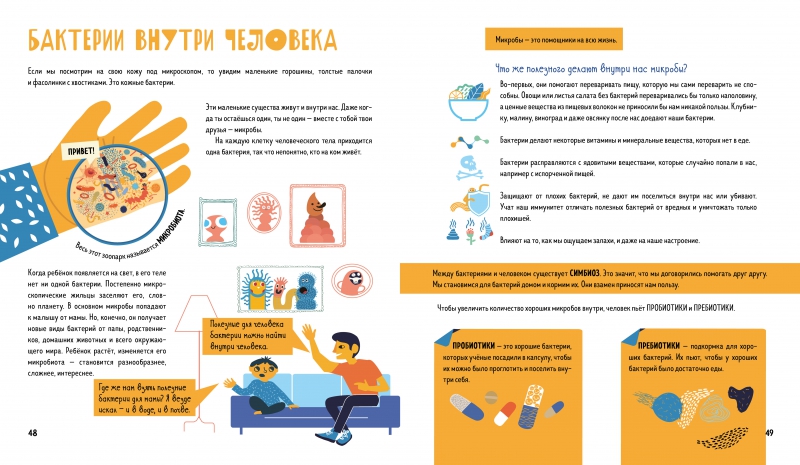
Dmitriy: Yes, we plan to make it a series, and we already have two ideas. Now we’re working on a story about nutrition and metabolism. It will be a detective story about Tim and his father traveling through the metabolism system trying to figure out the truth about proteins, fats and carbs and the way they affect our health. The aim of this book is to introduce children to the principles of good nutrition. And the third book will be about computers and AI. This one aims at introducing our young readers to the world of modern technologies.
